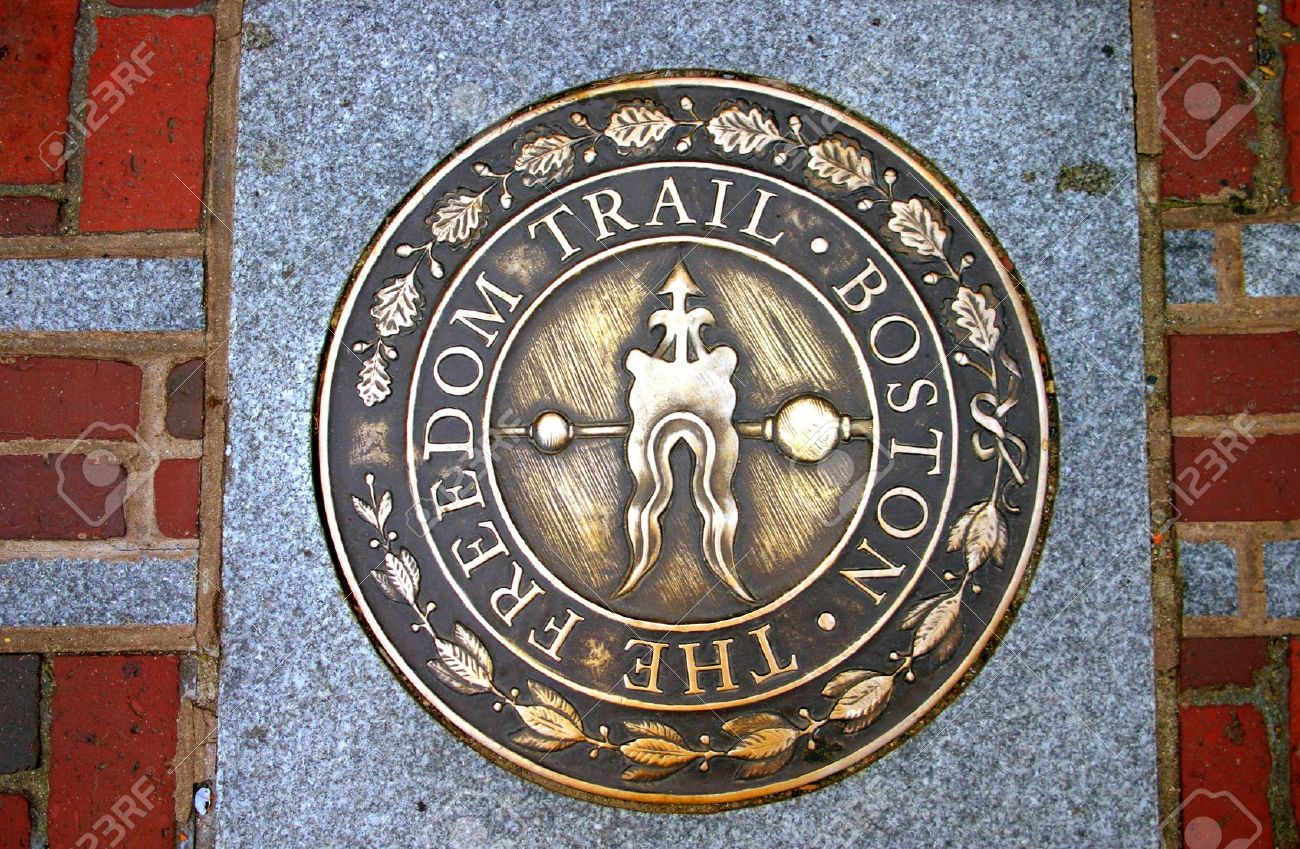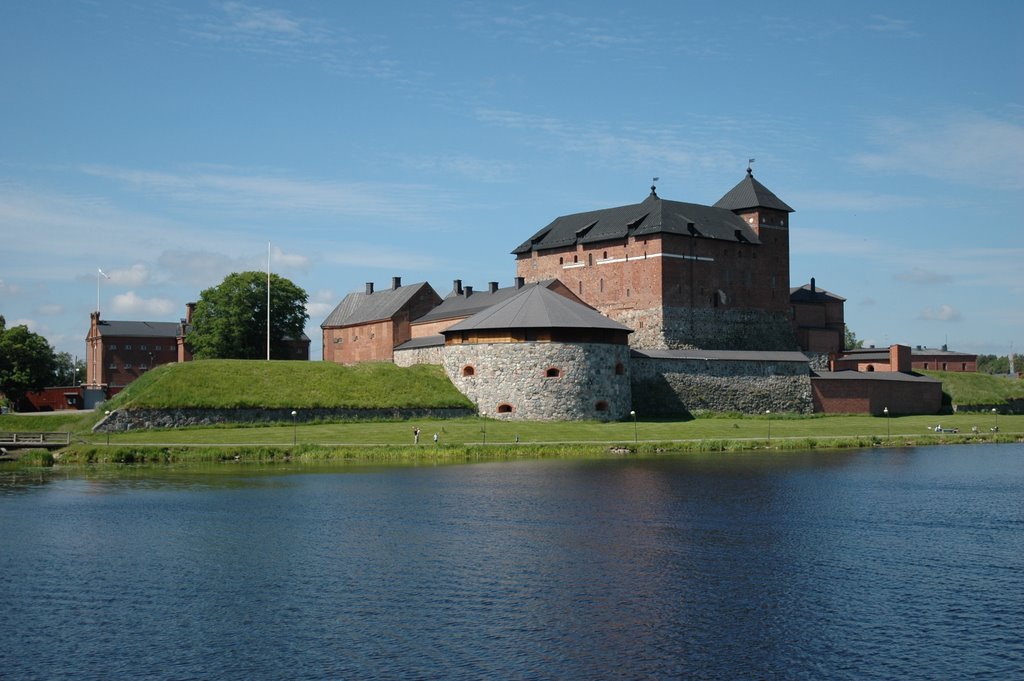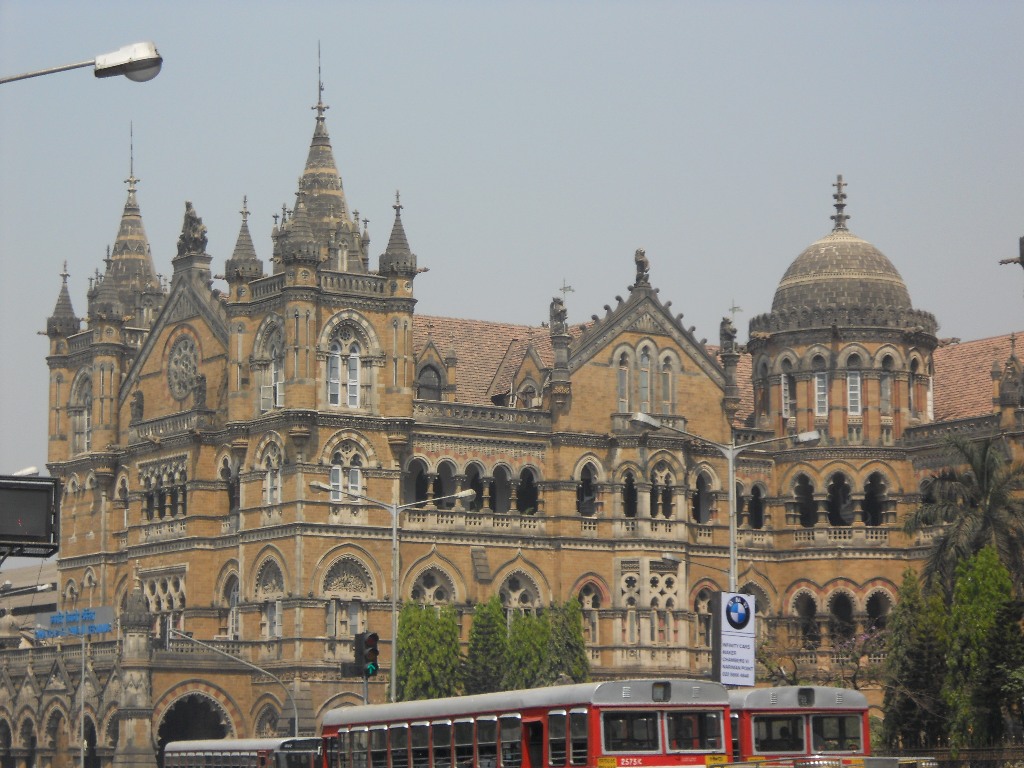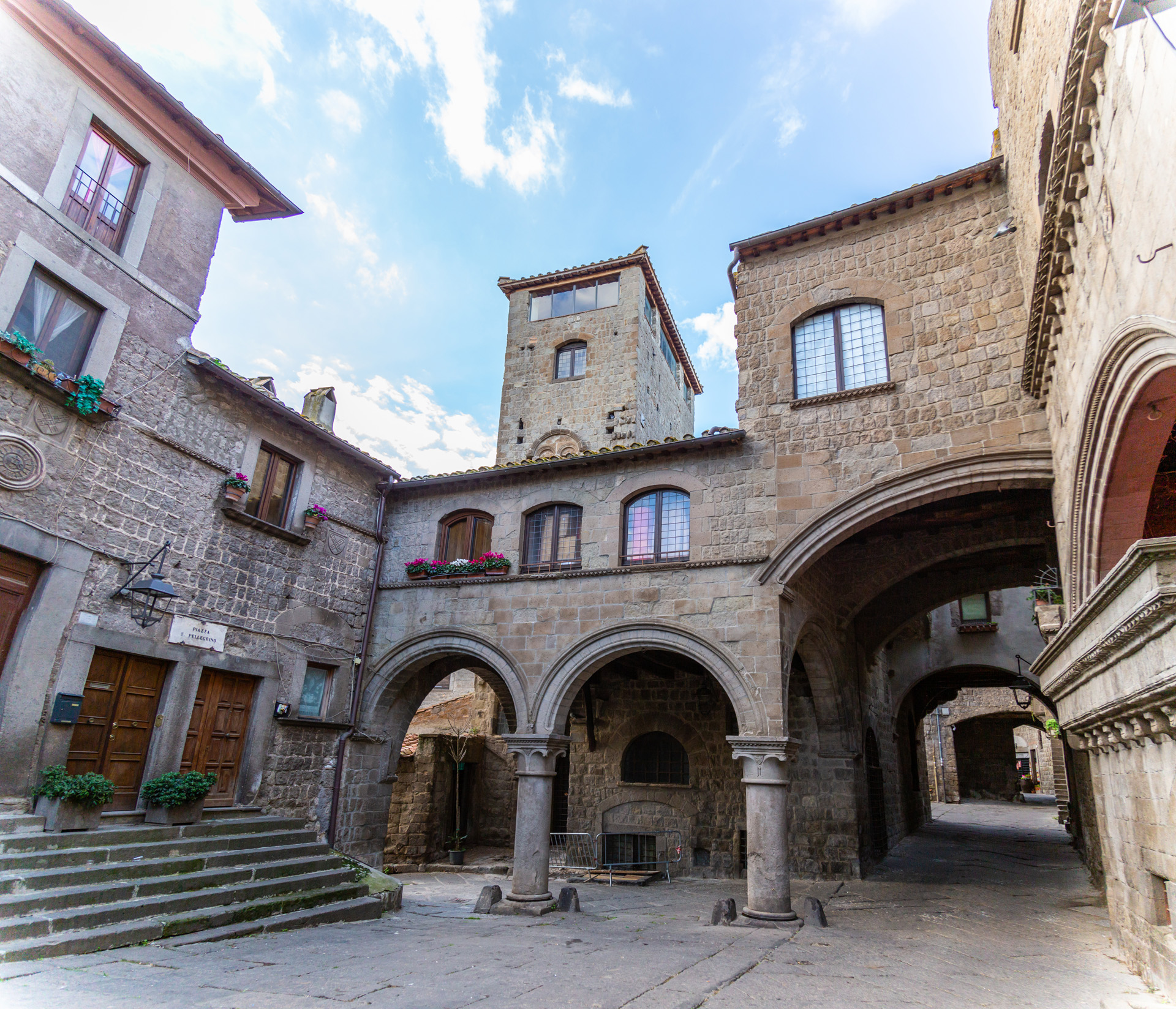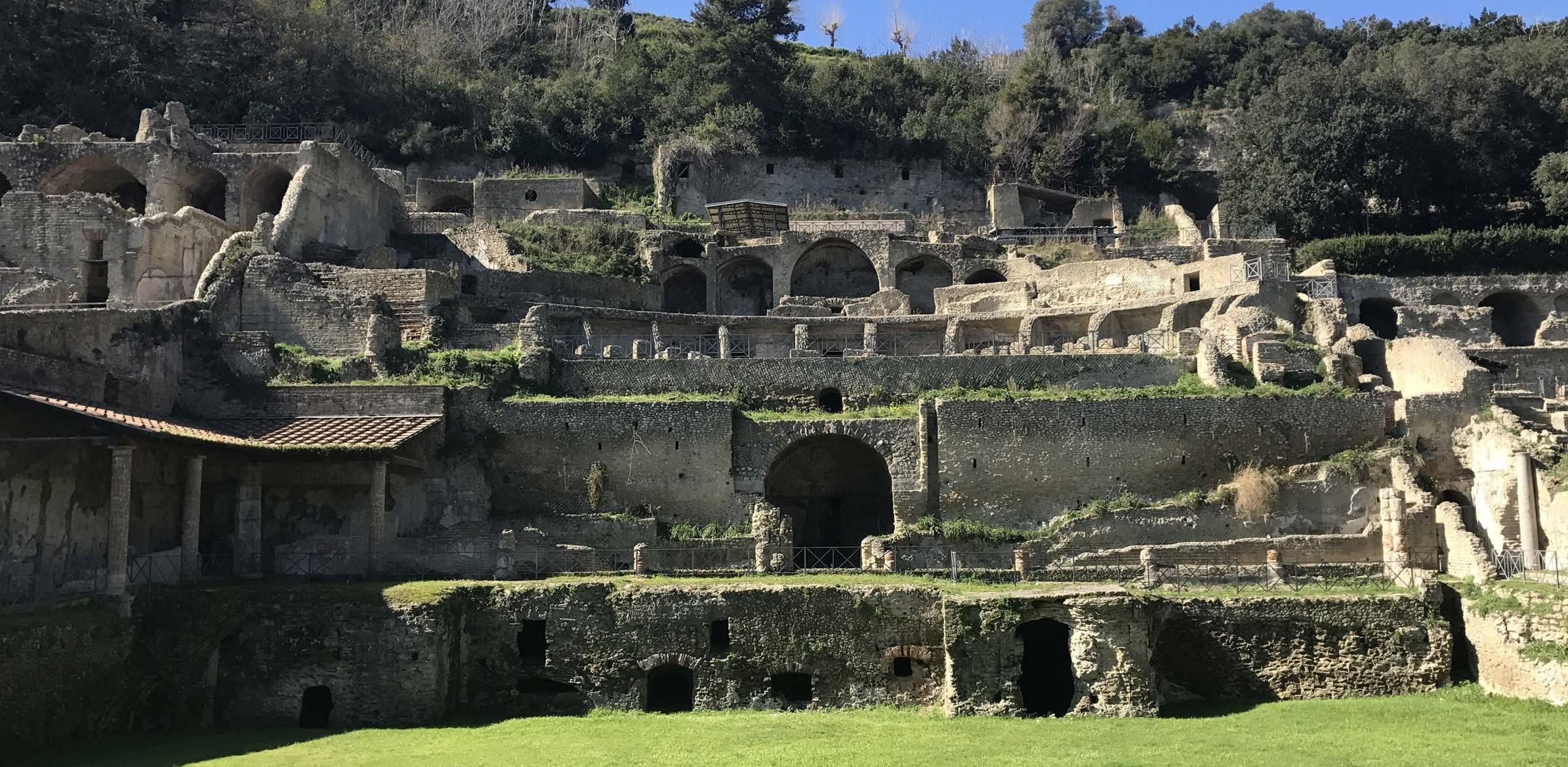Petrarch’s house has always been a destination for visits, as Foscolo also reminds us in his letters to Jacopo Ortis, who said that he went to Arquà "as if he had gone to prostrate himself on the tombs of his fathers, and similar to those priests who, silent and reverent, wander through the woods inhabited by the gods".
The building, which was purchased directly by Petrarch, was bequeathed to his son-in-law Francesco di Brossano, to whom the poet was very attached, together with his other properties including the library.The house is the result of the union of two thirteenth-century buildings and that Petrarch had renovated by using the lower part, the "dominicale" to live for himself and his family, while the upper part, the "rustico" housed the servants. Many sources testify that the poet followed the work personally and decided how to decorate the rooms and reorganize the spaces.
He had part of the first floor raised and modified the by then antiquated Romanesque windows according to the more modern Gothic taste of the pointed arch. His study was frescoed with motifs of coats of arms and curtains, some fragments of which are still visible.
Particularly interesting for the poet were the garden and the "brolo", the vegetable garden, which was at the back of the house because Petrarch spent a lot of time here, taking care of the crops and plants himself.
The frescoes, commissioned by Valdezocco around the middle of the sixteenth century, were most likely created to make the visit to the house, already at the time a destination for intellectuals and lovers of the poet, more interesting.


